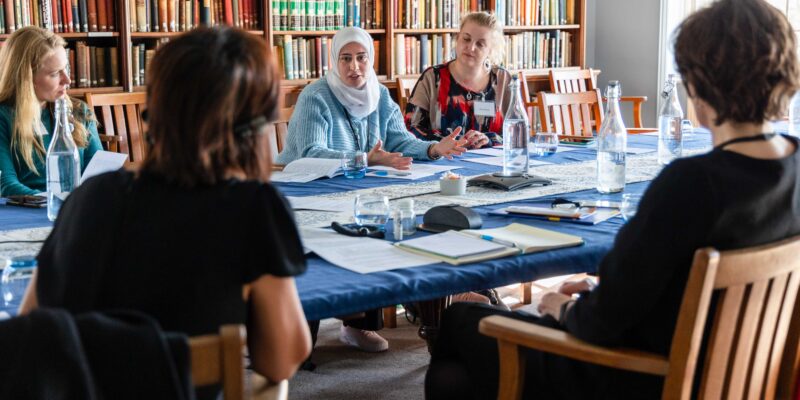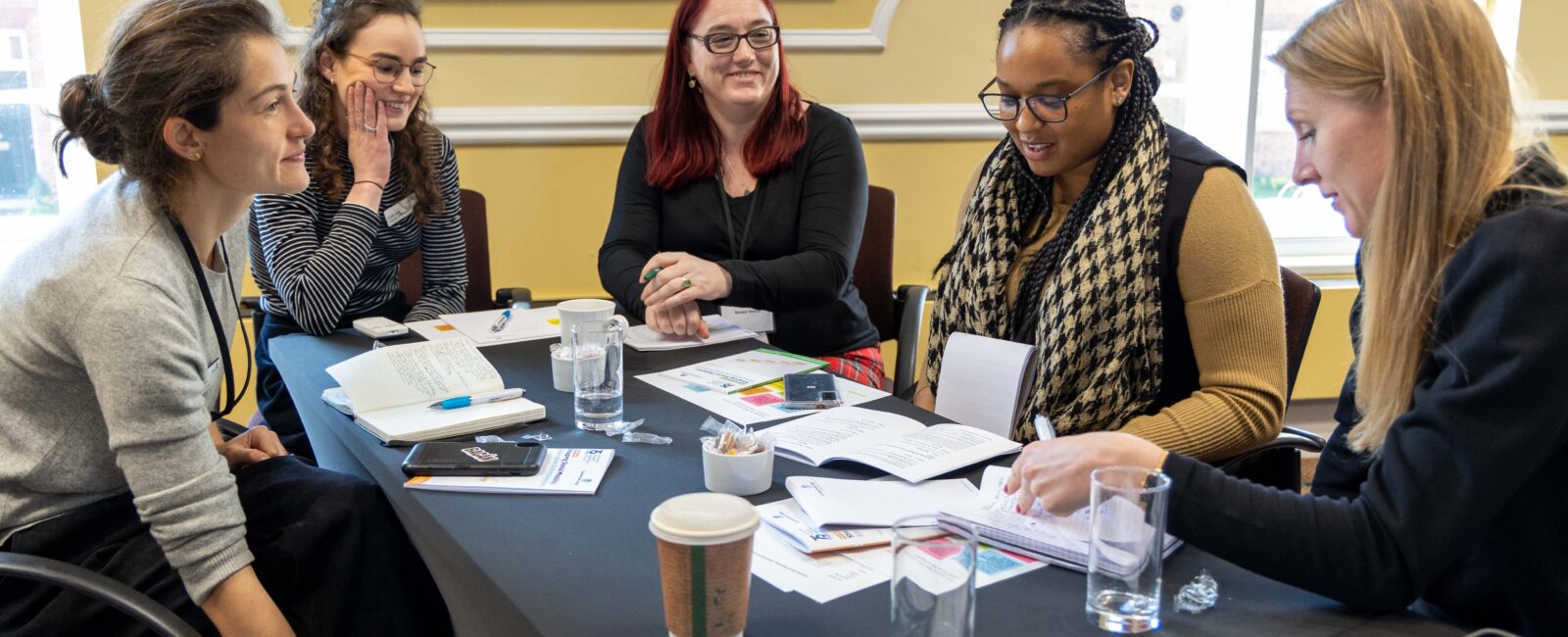This March, Cumberland Lodge brought together policymakers, practitioners, academics, and students to exchange knowledge and ideas about the role of education and employment in shaping social mobility.
The conference was structured in a variety of formats from panel discussions to small group sessions to facilitate both the sharing of best practices and the generation of fresh ideas. While these conversations engaged a complex range of topics, as a researcher of inequality my deepest learnings came from four themes woven throughout the event.
Social mobility agendas with rather than for: the importance of inclusive perspectives
While the conference programme included prominent academic, practitioner, and policy experts, it equally featured the voices of students and organisers with lived experience of poverty and social mobility. These students and organisers, often by generously sharing their personal stories, powerfully pointed to the importance of not just featuring but truly valuing the rich and deep knowledge held by the individuals social mobility policies are meant to serve.
Barriers are multifaceted and persistent
Multiple speakers and sessions highlighted the ways in which social mobility is made difficult by not only material but also social and cultural barriers. One theme from this discussion centred around ‘invisible’ barriers that block both entry into and progression within elite institutions. For example, speakers pointed to the problem of previous work experience used in hiring decisions as exacerbating inequalities by unfairly advantaging students whose family wealth enables them to gain that experience in low paid or unpaid positions.
Similarly, speakers pointed to the ways in which barriers persist even after gaining entrance to university or an elite job. Here a range of invisible social networks and unwritten cultural norms were discussed that, while unrelated to workplace performance, still influence progression and promotion. For example, unwritten dress codes were cited as being especially difficult to navigate for first-generation employees who risk being unfairly flagged as ‘unprofessional’.

The myth of merit in legitimizing inequalities
Many discussants convincingly argued that, taken together, these invisible barriers contribute to an uneven playing field in which access and social capital is, often unknowingly, misread as merit. This conversation about the myth of merit was extended to further deeply probe the limitations of narratives of merit more broadly (i.e., social mobility through hard work). Researchers pointed to the UK’s relatively high rates of inequality and relatively low rates of intergenerational income mobility1 as evidence that, contrary to these narratives, social mobility remains unattainable for many. Thought-provokingly, some participants cautioned that social mobility programs that target individual-level success stories risk legitimising the very inequalities they seek to address by endorsing this myth of meritocracy. This sparked a lively discussion about how to create social mobility programmes that truly hold elite institutions accountable for upholding shared values of fairness and inclusivity.
Reframing social mobility as a collective endeavour rather than an individual journey
Underpinning the event was the question of what the ultimate goal of social mobility should be. I left most inspired by participants who argued that social mobility can and should be more than the ‘rags to riches’ narrative of lone individuals struggling to make it to the top. Instead, they invited us to imagine a collective kind of social mobility, one that uses the tools of collaboration and coalition to build together towards a more inclusive and equitable society.
1. See income and wealth inequality citation in briefing document p. 5, see intergenerational income persistence as being greatest in the poorest and riches quintiles in the briefing document p. 10

